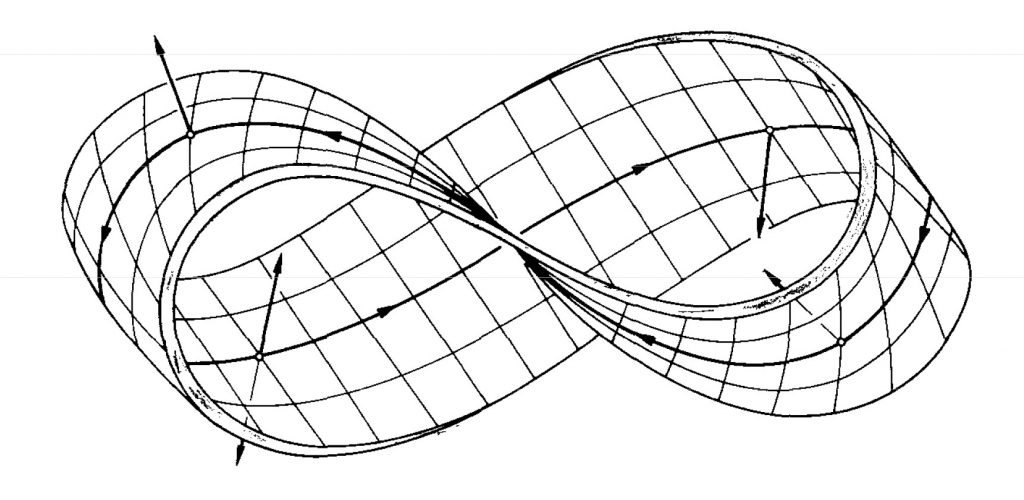“Reviewing a feedback session” is one of the three important parts you need to care about when having a feedback session (the other two are “preparing for feedback” and “creating agency”).
Understand the feedback to consist of preparation and performance, both of which should ultimately be reviewed by you. You can see the entirety of this as an operetta consisting of three acts, with the final one again being under your control. Review the entire situation and cadence in order to understand your personal key takeaways: your preparation, your performance, and the specific feedback.
This can help you transcend the emotionality of the actual feedback round, and let you come to your own conclusions on how to proceed. Sidestepping the post-mortem won’t make the feedback less important, but risks appropriating the feedbacker’s words, without filtering them properly through your own set of values. Doing so will let you understand and form your own set of values.
Consider the following:
- Replay: If you recorded the conversation, take time to listen to it after some days or weeks. You’ll most likely spot parts that you didn’t notice during the actual conversation; undercurrents that your memory might have suppressed. Even if you don’t have an audio recording, the notes that you (or a colleague) took will usually bring back specific memories of the conversation. Retrace the conversation with the goal to understand the intention of what was said; this is important to judge whether the feedbacker’s propositions matter to you.
- Look for facts: Find statements that describe the feedbacker’s factual experiences: “Your work obviously references the composition of X, but by removing y, it seems to miss the original artist’s point”. “You appropriate a political cause where I don’t personally see your experience or credibility”. These might be perfect opportunities to dive into the mentioned references or criticisms: the better you know (and can express) your work and the thinking behind it, the more you’ll be able to discuss it at eye level; this in turn will help you to dig ever deeper into your art’s rabbit hole.
- Filter out personal statements: Learn to differentiate hollow from deeper factual feedback (“I simply love your work!”, “I really don’t like this way of work”, “Maybe you should try a different medium, since this one doesn’t seem to work for you” are examples of statements with low actionable value, and thus offer little reason to change your course. The feedbacker’s personal opinion might feel important to themselves (and you), and might actually be important. They might be on to something that they can’t express verbally – yet obviously, specific reasons for their thinking would let you trace their intentions way better (and let you judge whether they are applicable to you).
- Filter out negativity and allegations: Understand that even the worst and most destructive feedback can be turned into a learning opportunity – by stepping back and unemotionally working through whatever “facts” were delivered. Understand which of them might be meaningful to you.
- Filter out personal statements: Learn to differentiate hollow from deeper factual feedback (“I simply love your work!”, “I really don’t like this way of work”, “Maybe you should try a different medium, since this one doesn’t seem to work for you” are examples of statements with low actionable value, and thus offer little reason to change your course. The feedbacker’s personal opinion might feel important to themselves (and you), and might actually be important. They might be on to something that they can’t express verbally – yet obviously, specific reasons for their thinking would let you trace their intentions way better (and let you judge whether they are applicable to you).
- Judge the feedbacker’s performance: Find out whether you, your intentions and reasons were noticed (eg. “Compared to your work from last time, I see that you focused X”, “Could you explain your reasons for doing Y?”, “What references did you have in mind when doing these works?”, “Are you aware of the work of X, and how yours relates to it?”). Judge whether strategies were offered to continue from here (if not, ask yourself what actions you could derive from the feedback). What artists, art works, curators, exhibitions, books or magazine articles were recommended (or are now on your radar without having been recommended) to progress further? What can you learn about the feedbacker and their character that might help you to be better prepared the next time? Will you be able to anticipate their future reaction?
- Judge your performance: Judge whether your work introduction and answers were satisfactory, or whether your nervousness, lack of preparation etc might have let you slip. How can you improve your performance for the next round?
